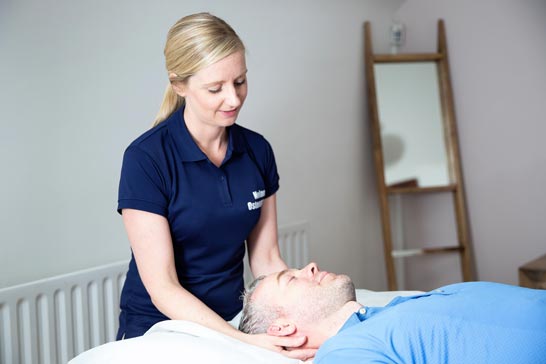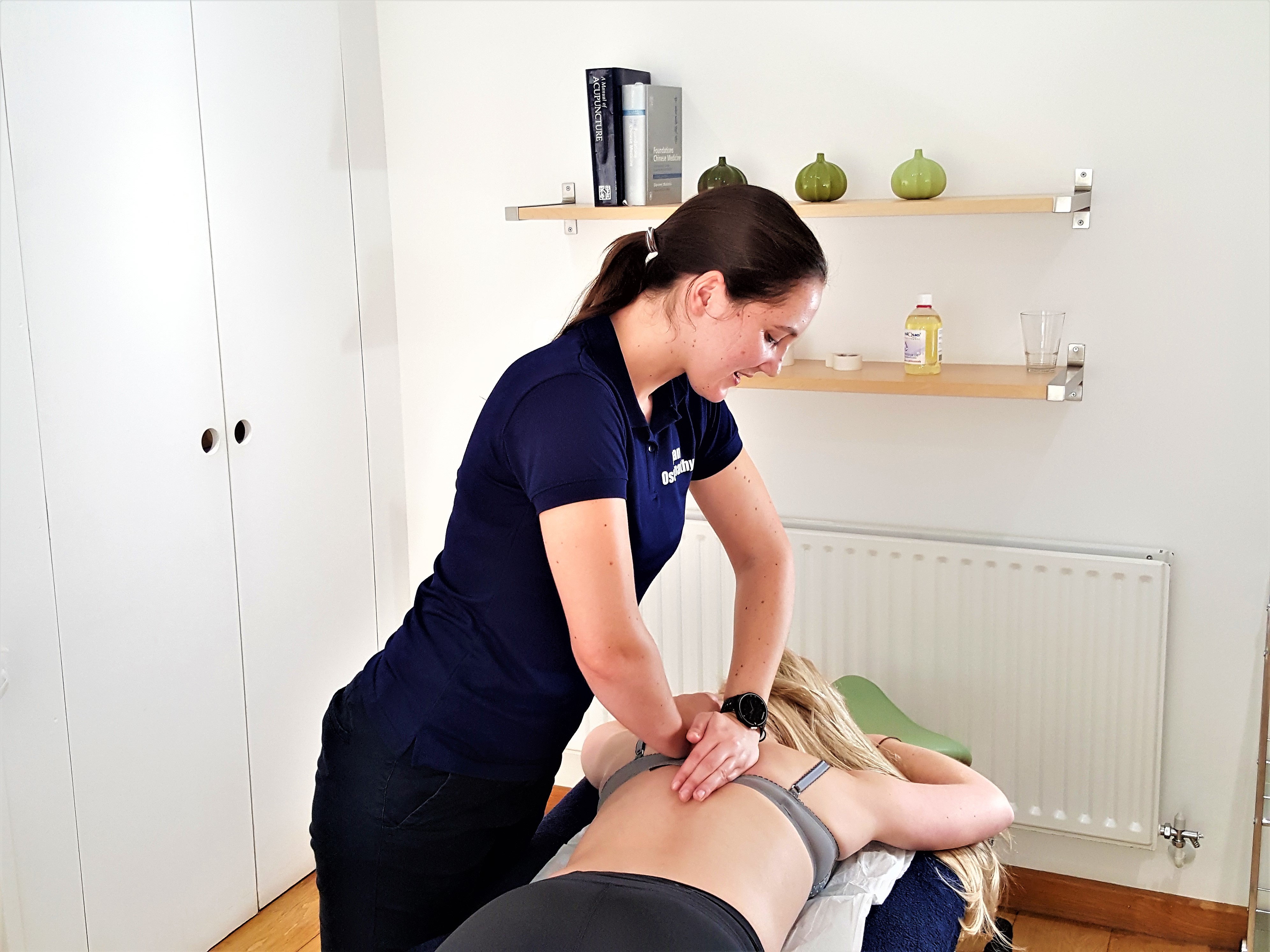The Best Exercises for Managing Jaw Pain (TMD)
January 3, 2017
Maria Nolan

Ever heard of a condition called Temporomandibular Joint Disorder (TMD)? It causes pain in your jaw and is quite common, with the NHS estimating that around 30% of the population will suffer with TMD at some point in their lives.
Your temporomandibular joint (TMJ) or jaw joint is located at the side of your face, just in front of your ear and connects the lower jaw to the skull. It’s the joint that allows your jaw to open and close and to move back and forth and from side to side. Problems occur when this joint gets damaged or suffers an injury.
As with any joint in the body, regular exercises can help with certain aches and pains and it is no different with the jaw joint. Taking over-the-counter painkillers may help in the short term but they may not fix the problem in the long term.
Seeking the help of a qualified physical therapist such as an osteopath or physiotherapist can make a big difference to your symptoms, as they will be able to advise you on the most appropriate treatment plan. Here are some exercises we give to patients who are struggling with TMD and jaw pain in general;
Exercises to strengthen the TMJ – With these exercises, the aim is to strengthen the muscles around the jaw joint, which will help reduce pain and discomfort.
- Put your thumb under your chin. Open your mouth slowly, gently pushing your chin down on your thumb so that there is some resistance. Keep your mouth open for 3 seconds, maintaining the resistance and then slowly close it. Do 5 repetitions of this.
- Place your fingers on one side of your jaw. Open your mouth slowly about half way, then gently push your jaw towards your fingers so that there is some resistance. Keep your mouth open for 3 seconds, maintaining the resistance and then slowly close it. Do 5 repetitions of this. Repeat on the opposite side if required.
Exercises to stretch the TMJ – Gently stretching the TMJ joint and the muscles around it can be another effective way to ease jaw pain.
- Lift the tip of your tongue to the roof of your mouth. Then slowly open your mouth as wide as you can without it hurting. Hold for 3 seconds and then slowly close your mouth. Do 5 repetitions of this.
- Start with your mouth closed and your jaw muscles as relaxed as possible. Look upward with your eyes (don’t move your head) and slowly open your mouth as wide as you can without it hurting. Hold the stretch for 3 seconds and then slowly close your mouth. Do 5 repetitions of this.
Posture – poor posture can often make TMJ problems worse. Once you start paying more attention to your posture you may find a noticeable improvement in your symptoms. Here are some simple posture improvement techniques;
- Try to keep your shoulders back and your chest forward as much as possible.
- Lengthen your spine as you sit. Think of it as someone pulling you up by a string attached to your head.
- Try to ensure your head stays centered on your shoulders. When your head tilts forward, it puts a lot of strain on your spine and this can increase the stress on joints such as the TMJ.
- When sitting, keep your feet flat on the floor and adjust your seat so that your knees are at or just below hip level.
- Adjust your computer screen so that it is at eye level.
Relaxation Exercises – any exercises that reduce stress can also help relieve TMJ pain. Learning proper breathing techniques are a good place to start and pilates, yoga and meditation are great for this. These activities will also help realign your posture.
Each case of TMJ is unique so it is always best to speak to qualified professional who can recommend a treatment plan that is right for you.
As always, please don’t hesitate to get in touch if you have any questions or would like to find out more about TMD.
Thanks for reading.
Maria





